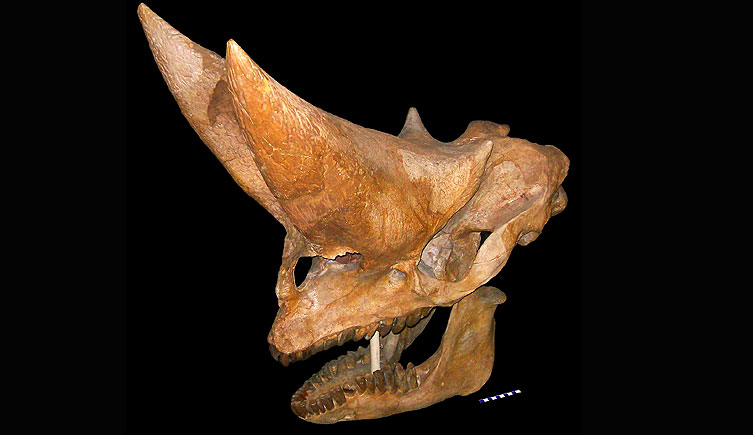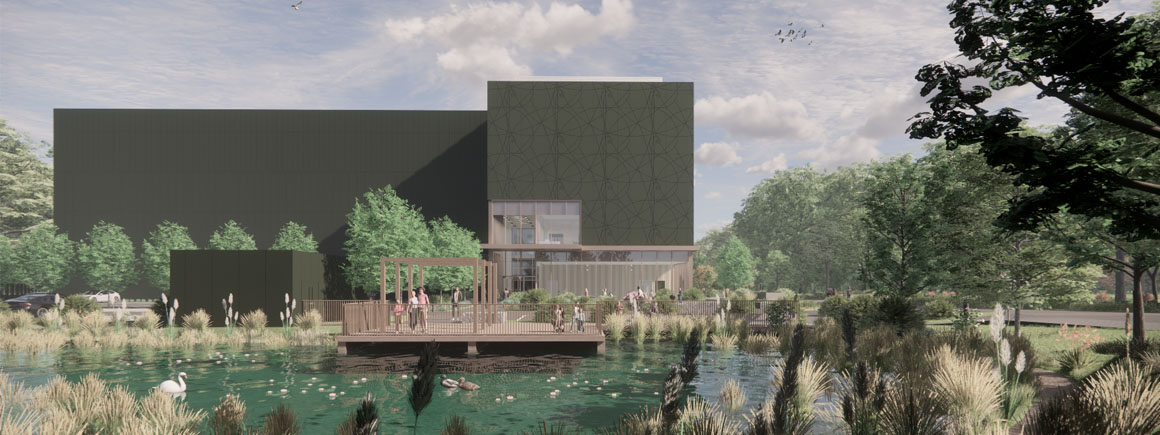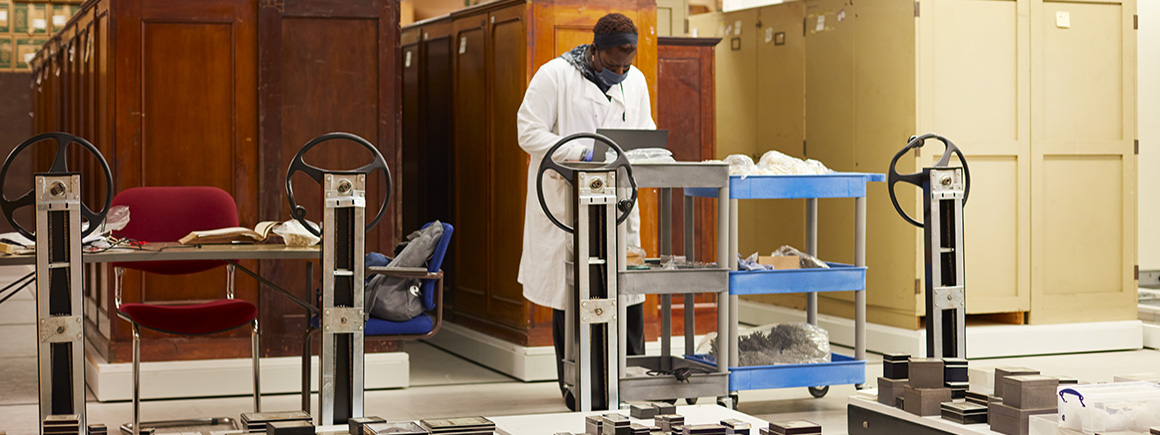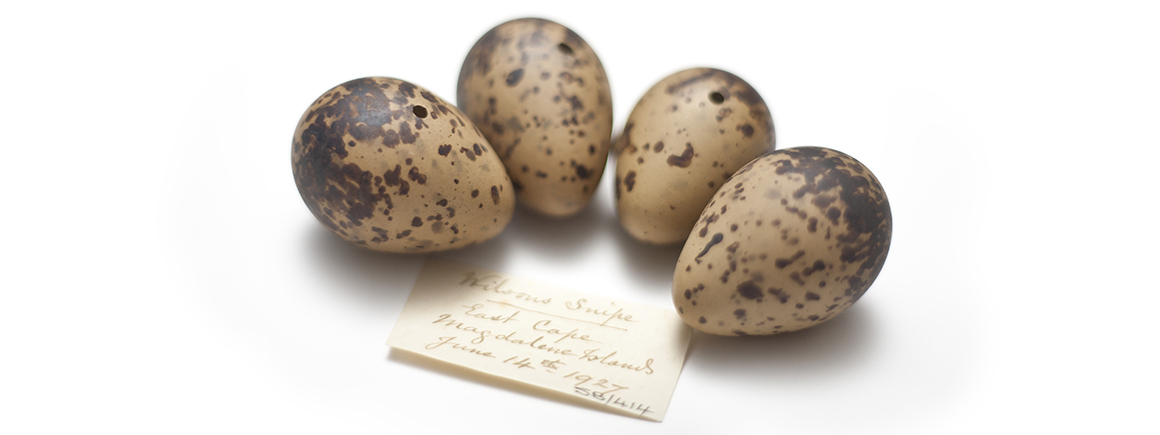Looking for a specimen?
The fossil mammal collection is being digitised

Fossil jaw of Missourium theristrocaulodon, an extinct relative of the elephant. Unearthed in 1840 by Albert Koch on the banks of a river in Missouri.
The Museum's fossil mammal collection contains an estimated 250,000 specimens from around the world, and is rich in type and figured material.
The collection includes historical research sub-collections, such as mammalian material collected by Charles Darwin on the voyage of the Beagle.
We also have a very diverse collection of excellent collection of British Mesozoic mammals.
Britain’s colonial past has underpinned the growth of our collections. In addition to European material, we have collections from Australia, North America, South America, Africa and Asia.
Our European material includes many important collections, particularly of Tertiary age.
Highlights include:

Skull of rhinoceros-like ungulate Arsinotherium from the Oligocene of Egypt
We have particularly important material from:
In terms of stratigraphic range, our British Pleistocene material is by far the most important collection in England, with major holdings from sites like:
The Tertiary holdings are also very rich and diverse, with important material from:
The fossil mammal collection is being digitised
Neil Adams
If you would like to use any specimens for research
The collection covers around 200 million years of mammalian evolutionary history, from the Early Jurassic to the Early Holocene.

Access to some collections will be affected as we prepare for the move to our new collections, science and digitisation centre.

Scientists and collections management specialists can visit the collections and borrow specimens for research.

Our duty is to provide a safe and secure environment for all of our collections.